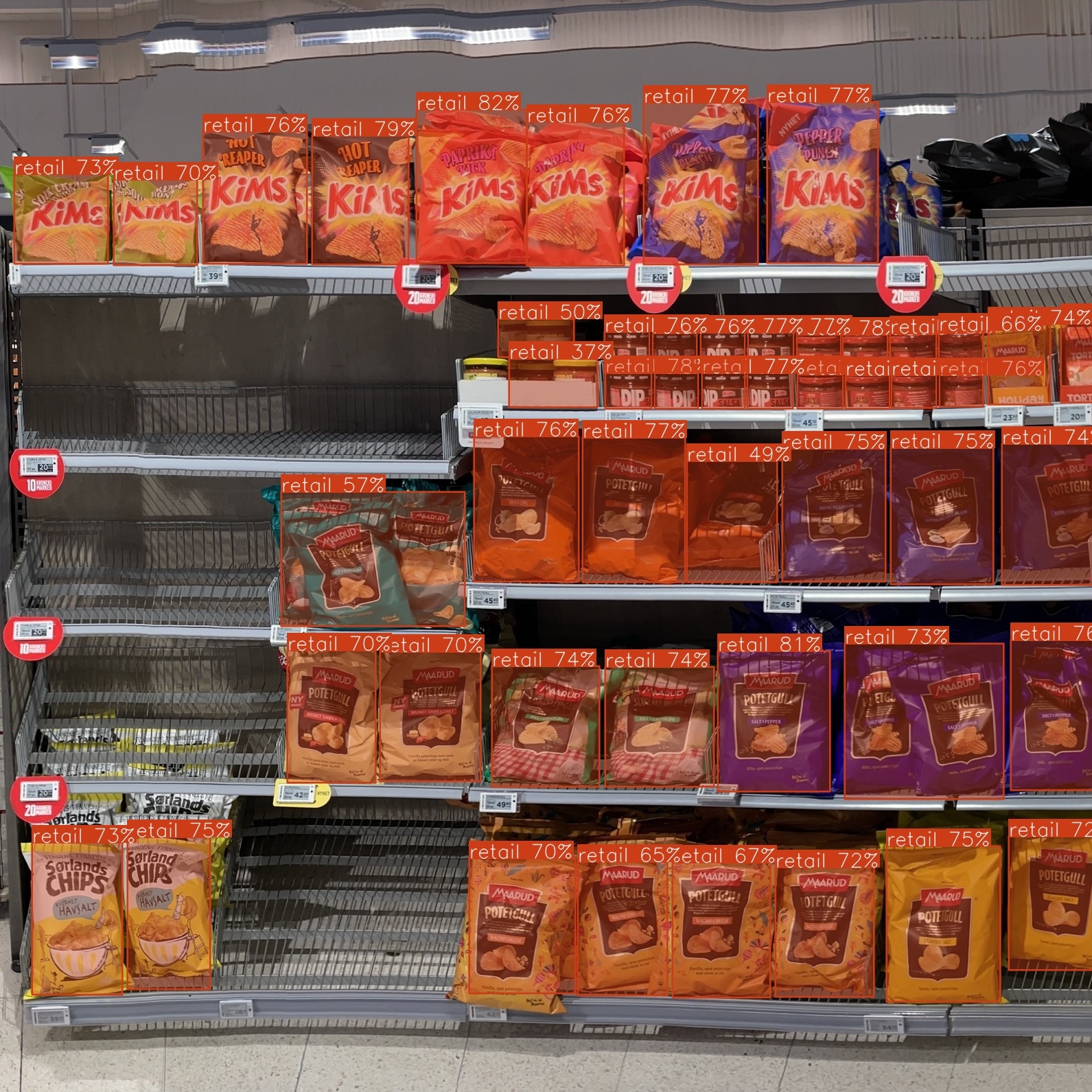25 Oct

Shelf Management 101: Tips, Tricks, and Best Practices
In the rapidly evolving landscape of retail, where competition is fierce and margins are tight, the smallest details can significantly impact the bottom line. Among these details, shelf management stands out as a vital component often overlooked by many. However, for those in the know, a well-organized shelf can be the difference between a sale and a missed opportunity. Shelves do more than just store products. They tell a story, communicate a brand’s ethos, and create a narrative that invites customers to be a part of it. When strategically positioned and managed, they can effectively influence purchasing decisions, increase basket size, and even transform occasional shoppers into loyal customers. Furthermore, the design, layout, and organization of shelves play into the sensory experience of shopping. Whether consciously or subconsciously, customers are drawn to neat, logically organized displays that make product discovery effortless. Think of a time you entered a store and were immediately drawn to a well-curated shelf, only to find items you didn’t even realize you needed. That’s the power of effective shelf management.
Today’s consumer is not just looking for a product; they are seeking an experience. They want their shopping trips to be smooth, intuitive, and even delightful. As such, shelves that are cluttered, disorganized, or poorly stocked can quickly deter potential buyers, making them feel overwhelmed or frustrated. On the other hand, a meticulously arranged shelf speaks of professionalism, care, and attention to detail, reflecting positively on the brand or store. Moreover, in an age where online shopping is becoming more prevalent, brick-and-mortar stores need to leverage every advantage at their disposal to entice customers through their doors. And once they’re inside, the in-store experience becomes paramount. Here, shelves play a crucial role in bridging the gap between the tangible and intangible, offering a tactile experience that online platforms can’t replicate. In essence, shelf management is not just about organizing products. It’s about understanding customer behavior, predicting their needs, and crafting an in-store journey that aligns with their expectations. As retailers, recognizing the immense potential of this often-overlooked aspect and investing time and resources into perfecting it can lead to enhanced customer satisfaction and, ultimately, increased sales.
1. Understand Your Customer’s Journey:
Before you place products on the shelves, understand the path your customers typically take. Are there specific products they look for first? Is there a natural flow that they follow? This understanding helps in designing a shelf layout that aligns with the customer’s journey.
2. Visibility is Key:
High-demand or flagship products should be at eye level. This is often referred to as the ‘bull’s-eye zone’. It’s the area that naturally draws a shopper’s gaze. Items placed here are more likely to be noticed and, thus, purchased.
3. Group Related Products Together:
Placing related products near each other not only improves customer experience but also boosts sales. For example, placing marshmallows, chocolate bars, and graham crackers together might remind customers of s’mores and prompt them to buy all three.
4. Rotate and Refresh Regularly:
Products can’t remain static. Regularly change the products on display, especially on end caps, to give the impression of a dynamic, evolving store. This rotation also provides an opportunity to clear out slow-moving stock.
5. Use Technology to Your Advantage:
Incorporate shelf-edge digital displays to provide information, display prices, or even promote deals. Some advanced retailers are also using sensors and AI to understand product pick-up and put-back patterns to optimize shelf placement further.
6. Clean and Organize:
It sounds basic, but cleanliness and organization are paramount. A messy shelf can deter customers, and potentially harm the reputation of the store. Regularly schedule shelf-cleaning and ensure products are neatly arranged.
7. Consider Ergonomics:
Place heavy items at waist level, so customers don’t have to bend down or reach up, risking injury. It’s not just about sales – it’s about providing a safe and comfortable shopping experience.
8. Use Shelf Talkers Sparingly:
Shelf talkers (small signs that clip onto a shelf edge) can highlight promotions or provide product information. However, cluttering shelves with too many can overwhelm and confuse customers. Use them strategically.
9. Monitor and Adapt:
It’s essential to periodically review your shelf strategy. Analyze which products are selling well and which aren’t. Adjust shelf placement based on these insights.
10. Train Your Team:
Your team should understand the philosophy behind your shelf management strategy. This not only helps in the proper execution of the strategy but also empowers team members to make on-the-fly decisions when needed.
Shelves, in essence, are the stage upon which products perform. Much like a theater where lighting, position, and ambiance can influence the audience’s perception, the arrangement, visibility, and accessibility of products can shape a consumer’s buying decisions. Here’s a closer look into the intricate dance of shelf management:
The Art of Shelf Management:
At its core, the art of shelf management revolves around presentation and storytelling. Products, when placed in a particular sequence or arrangement, tell a story. They evoke emotions, resonate with personal experiences, and sometimes even stir deep-seated memories. A perfectly positioned product can evoke nostalgia, aspiration, or immediate need. This is where understanding color theories, design aesthetics, and spatial arrangements come into play. The artistic component ensures that products are not just seen but also felt, creating a connection that goes beyond mere utility.
The Science Behind the Shelves:
On the flip side, the science of shelf management is rooted in data and analytics. This includes understanding foot traffic patterns in the store, analyzing sales data to determine which products are bestsellers versus slow movers, and employing technologies such as heat maps to see where customers spend the most time. By using such data-driven insights, retailers can make informed decisions, such as which products to place at eye level or how to group items to increase basket size.
Human Psychology & Shopping Behaviors:
Humans are creatures of habit, but they’re also influenced by subtle cues. For instance, placing high-margin items at eye level or pairing complementary products can lead to increased sales. The psychology of colors, shapes, and even scents can play a role in attracting or repelling a customer. Understanding these nuances and leveraging them is crucial.
Adapting to Retail Trends:
The retail industry is ever-evolving. With the rise of e-commerce, brick-and-mortar stores face challenges but also opportunities. By staying updated with global retail trends and adapting shelf strategies accordingly, retailers can offer unique in-store experiences that online platforms can’t replicate.
Conclusion:
Shelf management, in its entirety, is a meticulous blend of creativity and strategy. When done right, it not only showcases products but also elevates the entire shopping experience. In a world filled with choices, it’s the thoughtfully curated and managed shelves that entice customers, making them feel understood and valued. It’s a silent dialogue between the retailer and the consumer, and mastering this dialogue is the key to retail success.
Related Post
Tags
Keywords
Tags
Resources
© 2020-2024 Link Retail. All rights reserved.











